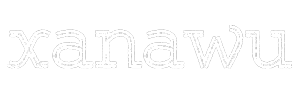For you English language buffs: a brief history of the fight between prescriptivists and descriptivists (by Joan Acocella in the New Yorker). In short, prescriptivists believe language follows certain rules, so there is a correct way to speak and write; descriptivists believe that language doesn’t necessarily follow strict rules so the best we can do is describe how people currently use it.
Anyway, one funny bit in the article was a short table of “upper-class” and “non upper-class” English words:
|
U |
Non-U |
| Expensive | Costly |
| False Teeth | Dentures |
| Pregnant | Expecting |
| House (a lovely) | Home (a lovely) |
| What? | Pardon? |
| Napkin | Serviette |
| Awful smell | Unpleasant odor |
| Rich | Wealthy |
| Curtains | Drapes |
Get it? It shows what words (non-U) middle-class people use to pretend to be upper-class. At least in 1954, when this table was published (this was taken from “U and Non-U: An Essay in Sociological Linguistics” by Alan S. C. Ross).
So folks, the moral of the story is not to use fancier sounding language when a simpler word exists.*
*Unless you’re a lawyer, in which case the extreme version of “non-U” is how you make their money.

